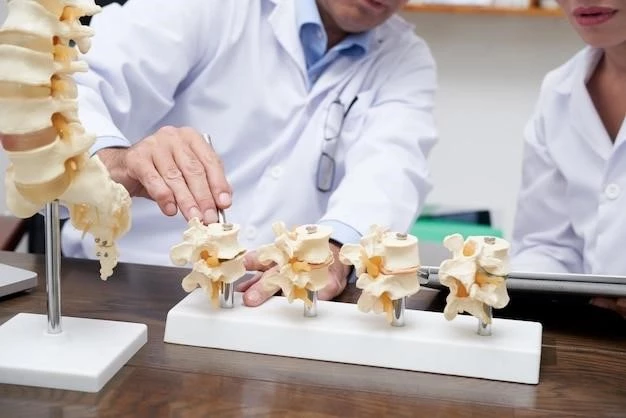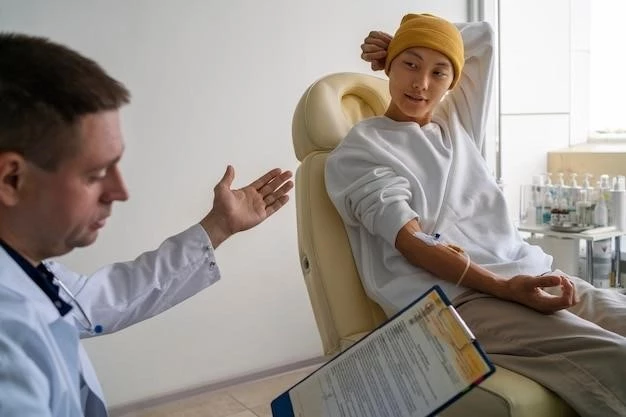Introduction
Rotor syndrome, also known as Rotor type hyperbilirubinemia, is an autosomal recessive disease causing chronic elevation of bilirubin levels...
Rotor syndrome, an autosomal recessive condition, is characterized by chronic elevation of bilirubin levels, leading to non-hemolytic jaundice without liver pigmentation. Mutations in SLCO1B1 and SLCO1B3 genes impair bilirubin transportation, distinguishing it from Dubin-Johnson syndrome. Symptoms often manifest in childhood, with intermittent jaundice and mild hyperbilirubinemia.
Rotor syndrome, also known as Rotor type hyperbilirubinemia, is an autosomal recessive disease causing chronic elevation of bilirubin levels, resulting in non-hemolytic jaundice.
Overview of Rotor Syndrome
Rotor syndrome, also known as Rotor type hyperbilirubinemia, is an autosomal recessive disease causing chronic elevation of bilirubin levels, leading to non-hemolytic jaundice without liver pigmentation or cholestasis. The condition is distinguished by mutations in SLCO1B1 and SLCO1B3 genes affecting bilirubin transportation.
Mild Conjugated and Unconjugated Hyperbilirubinemia
Rotor syndrome is characterized by both conjugated and unconjugated hyperbilirubinemia, typically beginning in childhood. The elevation of bilirubin levels leads to intermittent jaundice, with the possibility of conjunctival icterus being the sole noticeable clinical sign.
Intermittent Jaundice
Patients with Rotor syndrome may experience intermittent jaundice, a common clinical characteristic of the condition. This intermittent yellowing of the skin and eyes is due to the chronic elevation of bilirubin levels.
Genetics of Rotor Syndrome
Rotor syndrome is linked to mutations in SLCO1B1 and SLCO1B3 genes, impairing bilirubin transportation in the liver, causing conjugated and unconjugated hyperbilirubinemia.
SLCO1B1 and SLCO1B3 Mutations
Genetic mutations in SLCO1B1 and SLCO1B3 result in impaired bilirubin transportation in Rotor syndrome٫ leading to elevated levels of both conjugated and unconjugated bilirubin٫ causing non-hemolytic jaundice.
Diagnosis
Establishing a diagnosis of Rotor syndrome involves identifying the characteristic mild conjugated and unconjugated hyperbilirubinemia, often seen in childhood with intermittent jaundice.
Establishing Diagnosis
The diagnosis of Rotor syndrome is typically made based on the clinical characteristics of mild conjugated and unconjugated hyperbilirubinemia, often presenting in childhood with intermittent jaundice and possibly conjunctival icterus as prominent features.
Rotor syndrome is linked to mutations in SLCO1B1 and SLCO1B3 genes٫ impairing the transport of bilirubin and other compounds from the blood to the liver for metabolism.
Impaired Bilirubin Transportation
Rotor syndrome is associated with mutations in the SLCO1B1 and SLCO1B3 genes, resulting in impaired bilirubin transportation within the liver, leading to elevated levels of both conjugated and unconjugated bilirubin.
Relationship to Dubin-Johnson Syndrome
Rotor syndrome, a benign autosomal recessive disorder, shares clinical similarities with Dubin-Johnson syndrome but differs in hepatic pigmentation and bilirubin metabolism.
Comparison of Phenotypes
Rotor syndrome shares clinical similarities with Dubin-Johnson syndrome but differs in liver pigmentation and biliary excretion of organic anions, distinguishing characteristics between the two disorders.
Impact on Medication
Patients with Rotor syndrome need special considerations with certain medications due to their impaired bilirubin transport mechanism. It is crucial for medical professionals to be aware of this.
Handling Certain Medications
Having Rotor syndrome can impact how the body processes specific medications, necessitating caution when prescribing drugs. Healthcare providers should consider the altered bilirubin transport mechanism when selecting treatments for individuals with this condition.
Treatment
Management strategies for Rotor syndrome focus on addressing symptoms and monitoring bilirubin levels. Special caution is needed when handling medications due to impaired bilirubin transportation.
Management Strategies
For individuals with Rotor syndrome, careful consideration is needed when prescribing medications due to the altered bilirubin transport mechanism in the liver. Monitoring of bilirubin levels and symptom management are essential components of the treatment plan.

Prognosis
Rotor syndrome, a rare autosomal recessive disorder, presents as a benign form of bilirubin metabolism disruption, commonly characterized by mild, fluctuating jaundice from childhood without significant liver pigmentation.
Rare Autosomal Recessive Disorder
Rotor syndrome is considered a rare autosomal recessive disorder that primarily affects bilirubin metabolism. It is characterized by mild, fluctuating jaundice without significant liver pigmentation, distinguishing it from Dubin-Johnson syndrome.

Research and Future Directions
Ongoing studies on Rotor syndrome focus on understanding the genetic basis, clinical manifestations, and improving management strategies. Potential future therapies aim to address the impaired bilirubin transportation mechanism in affected individuals.
Ongoing Studies and Potential Therapies
Research on Rotor syndrome focuses on its genetic underpinnings, clinical presentations, and advancements in treatment strategies. Potential future therapies aim to target the impaired bilirubin transportation mechanism in affected individuals, improving management and outcomes.
